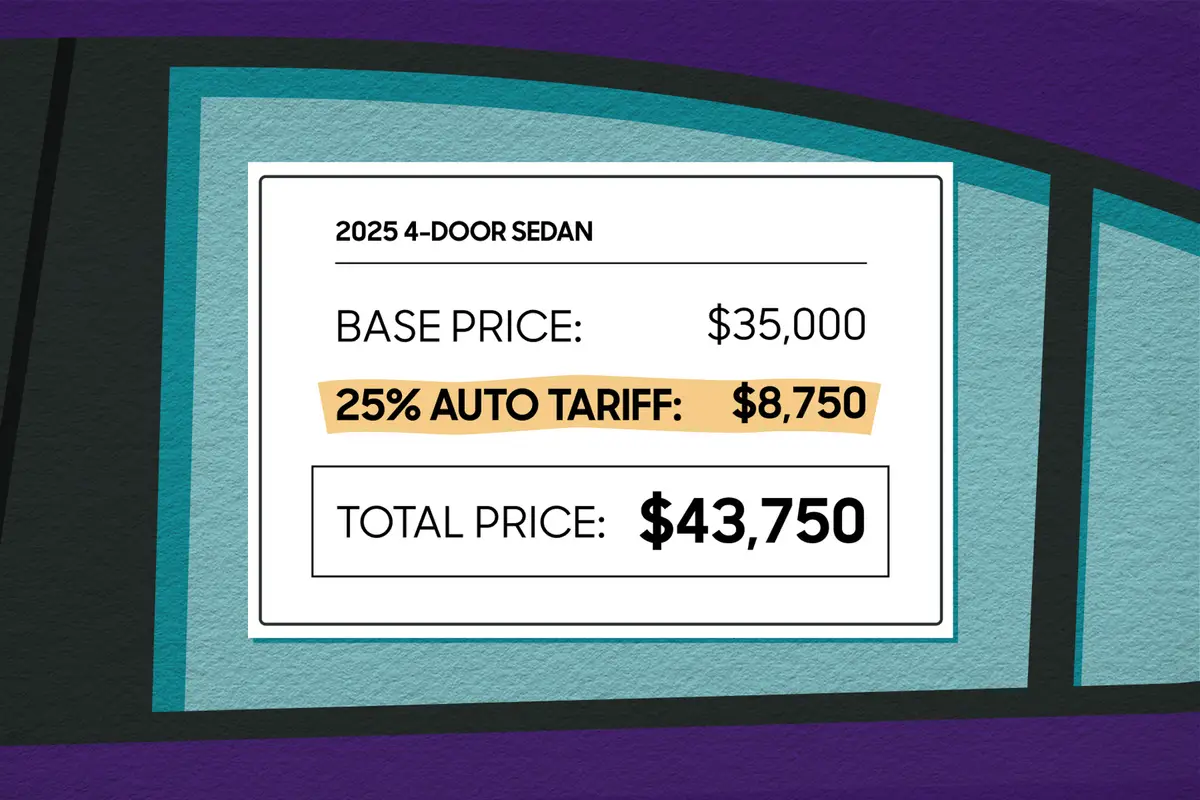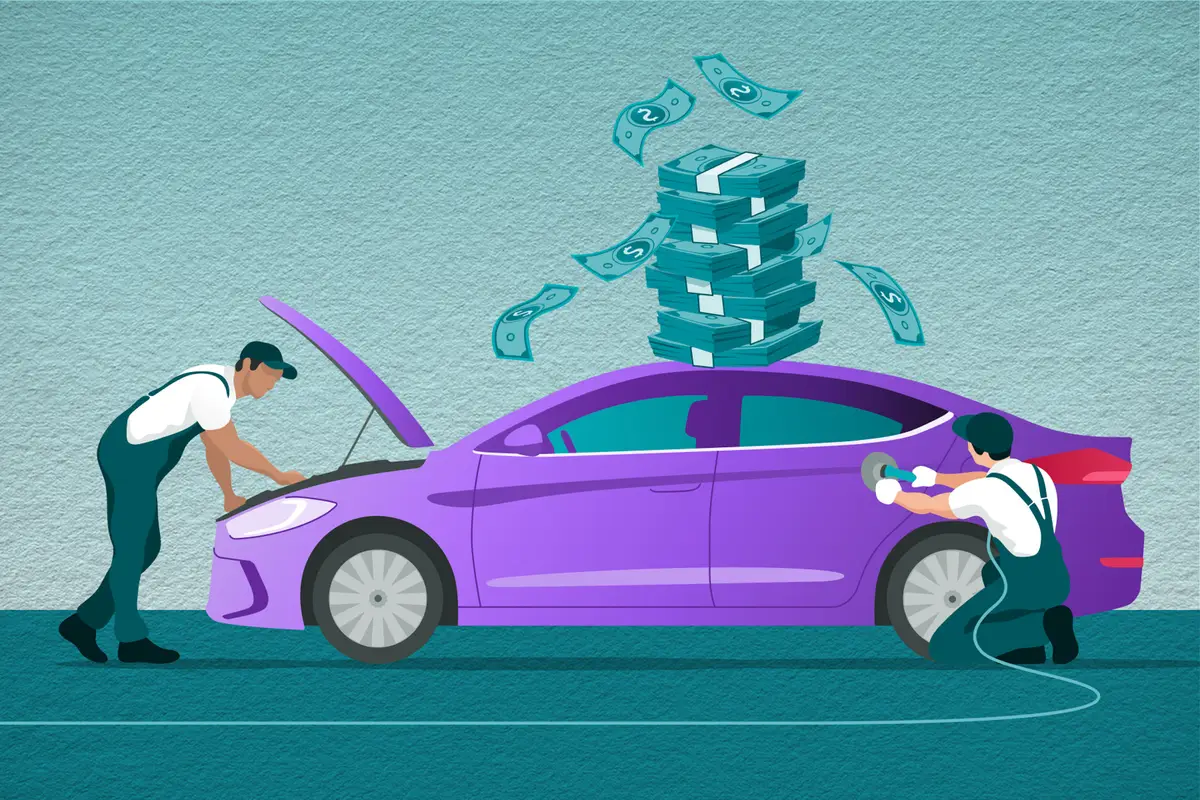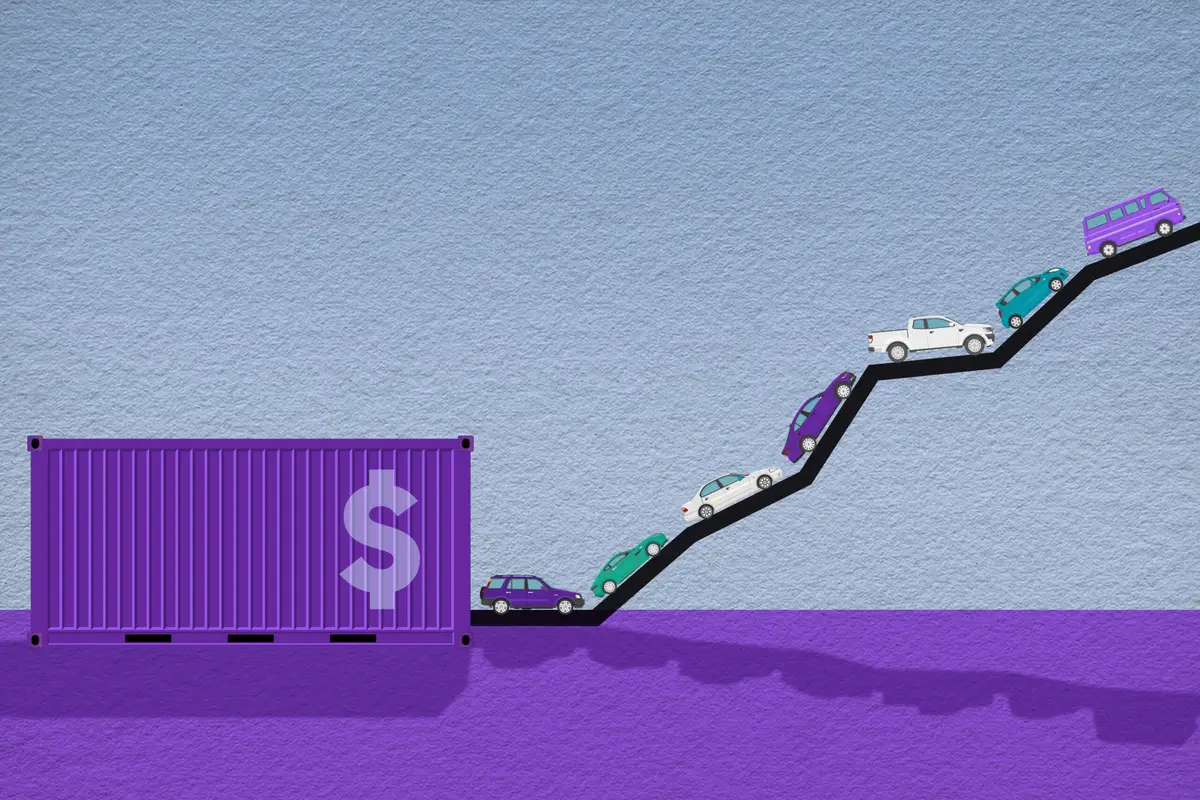The Morning Call and Mcall.com's view
Compact pickup trucks have come a long way since the early 1970s when they were unadorned, unadorable and undersized. In those days, these little trucks were used primarily for work and made up about 10 percent of the total truck market.
Today the little trucks are bigger, make up 50 percent of the total truck market and are now used primarily as personal vehicles. In fact, a Ford Motor Co. consumer study showed that fewer than 10 percent of the compact Ford Ranger pickups are used primarily for business purposes, with 70 percent used only for personal use and the remaining 20 percent doing occasional double- duty for both commercial and personal usage.
So, what happened in the meantime? Well, it could be that the compact pickups became more civilized while the general population became less. But, then, it could be that people just began to appreciate the toughness and looks of the compact truck. No matter what the reason, though, small trucks are in.
And while small trucks may be in, cheap is definitely out. No longer can one rationalize buying a truck because it is less expensive than a standard- size pickup or car. Also, if the small truck isn’t expensive enough, buyers are loading them up with options. This week’s test vehicle, for example, a Ford Ranger 4X4 SuperCab, carries a price tag of more than $14,000, which, if you haven’t shopped for compact trucks lately, could come as a shock.
As can be expected, the test vehicle was no ordinary pickup. First off, it was four-wheel drive, which always costs more. Next, it was a new SuperCab model, again more expensive but much more practical and convenient. And, finally, it was equipped more like a luxury car than a truck and this doesn’t come cheap either.
The SuperCab is probably the best idea added to the Ranger line since it was introduced in 1983. This adds a whole new dimension to pickup traveling. The extended cab provides nearly 17 inches of flat storage space behind the seat and allows for inside storage, something lacking in a regular cab pickup. Also, the test vehicle was equipped with optional folding jump seats, making it possible to carry additional passengers. The seats are ideal for small children (they have safety belts) but adults also can be hauled on short runs without too much hardship.
A side benefit of the SuperCab is that it is built on a 125-inch wheelbase, a very long wheelbase for a compact truck. The long wheelbase, combined with the Ranger’s independent front suspension, provided a very good ride, especially when one considers a four-wheel drive vehicle. The suspension is still somewhat truck-like, as it should be, but the ride is a surprise.
With a 125-inch wheelbase, the test vehicle was one of the biggest of the small trucks. If this sounds somewhat of a contradiction, it is. The compacts are getting bigger. Will there be a day when they approach the size of a standard-sized pickup? I doubt it but you get the idea. Other dimensions included an overall length of 192.7 inches, width of 66.9 inches, height of 66.7 inches and a 6-foot pickup box. Curb weight came to 3,065 pounds.
Impressive? Yes and the inside cab dimensions are even more so. Head room is 39.6 inches, shoulder room 55.5 inches, hip room 54.8 inches and leg room 43.8 inches. The test vehicle had two individual seats and it is available in a 60/40 bench seat that will carry three passengers. With this seat and the two jump seats, the SuperCab could be a five-passenger vehicle; quite a trick for a compact pickup.
The test vehicle was a very easy vehicle to drive. It had a four-wheel automatic transmission, which of course helps things out, and the usual power steering and power brakes. But making things even easier was the ”Touch- Drive” electric shift transfer case which allows ”on-the-fly” shifting between two-wheel and four-wheel drive att e touch of a button high in an overhead console. The king of klutzes could handle this one. Shifting in and out of four-wheel drive low does require a stop or a speed below 3 mph but, again, no big deal.
The Ranger is a good handling vehicle. Helping out here is the stiff suspension (Twin-Traction Beams with coil springs up front and leaf springs in the rear) and Handling Package. Although not a sports car, the test vehicle kept on an even keel though sweeping turns and cloverleafs at above average speed. No doubt the test vehicle’s optional 215/75R15 off-road tires(195/75R15 is standard) were contributing factors.
The test vehicle was powered by a new engine for the 1986 model year: a 2.9-liter/176-cubic-inch V-6. This engine features a multi-port electronic fuel-injection system and replaces the 2.8-liter/171-cubic-inch two-barrel carburetor V-6 of last year. The 2.9L is rated at 140 horsepower at 4,600 rpm and 170-foot pounds torque at 2,600 rpm. Performance is very good. (Standard engine is a 2.3-liter/134-cubic-inch rated at 88 horsepower at 4,000 rpm and 132-foot pounds torque at 2,200 rpm.)
The engine together with the four-speed automatic transmission (a five- speed manual is standard) also provided decent fuel mileage. The test vehicle averaged 17 miles per gallon for city driving and 23 mpg over the highway. Unleaded regular was used.
Total price on the test vehicle came to $14,444, including a destination charge of $395. Base price is $9,874 and includes a decent though not spectacular level of trim. The most expensive option was the Rapid Special Package at $2,557, consisting of the 2.9L V-6, automatic overdrive transmission, STX model trim, heavy duty battery, AM-FM stereo radio, interval windshield wipers, axle ratio upgrade, handling package, tachometer, cargo cover and the P215/ 75R15 tires. However, there was a $557 discount on the package. Other options included: chrome package, $244; electric shift 4X4, $101; air conditioning, $744; upgraded radio, $269; vinyl rear jump seats, $225, and power door lock and windows, $293.
Latest news



